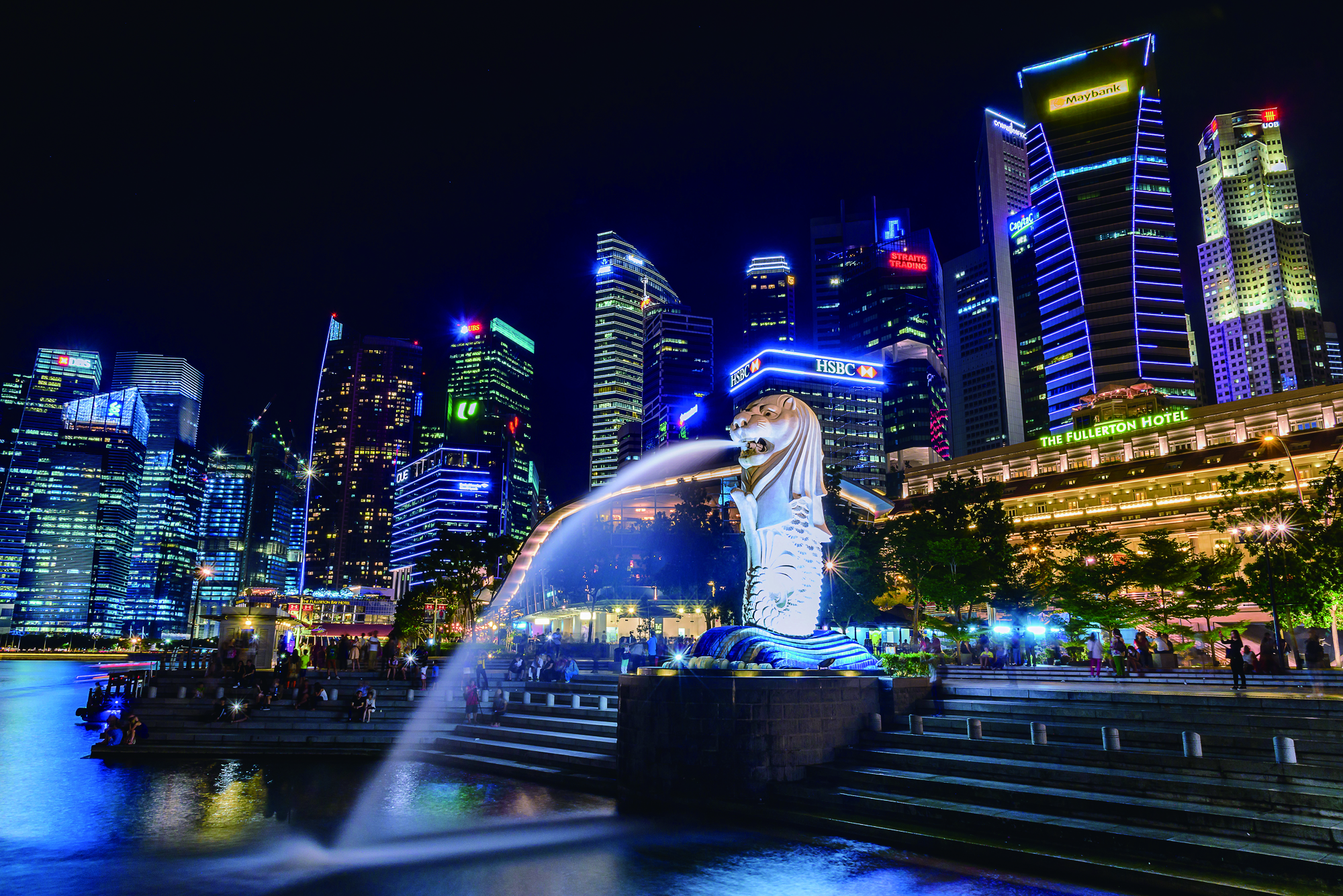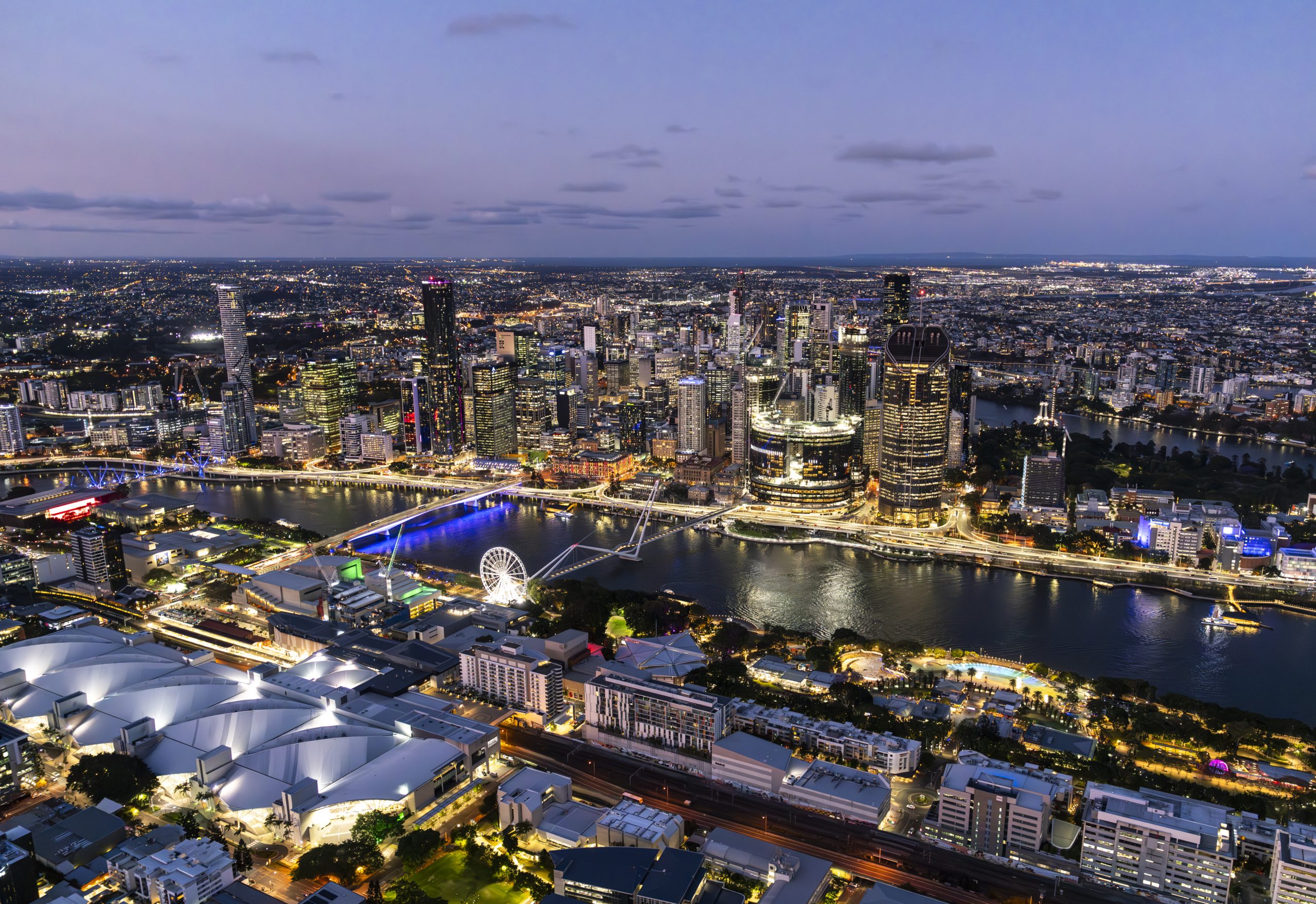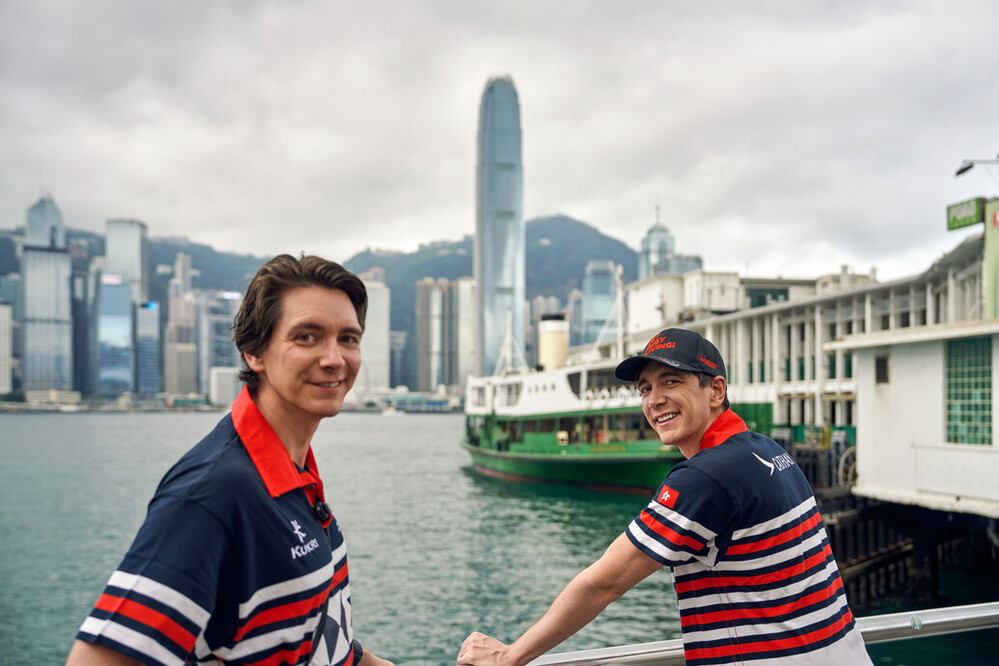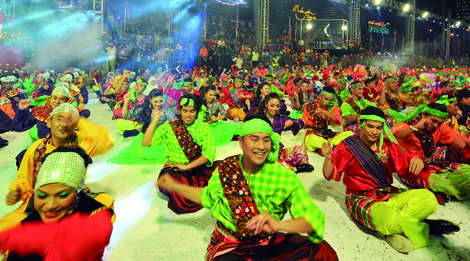
Dance performances in convention centres are usually limited to pre-plenary welcomes or gala events, but in a “garden city” between Kuala Lumpur International Airport and the Malaysian capital, a colourful celebration of national unity is the mainstay of the business day.
The twice-daily Malaysia Traditional Show entertains delegates between meetings at a dedicated theatre in Putrajaya International Convention Centre. It’s on a much smaller scale than the spectacle pictured alongside, but it nonetheless symbolises the cultural diversity found across the country and the harmony between Malaysia’s three main ethnic communities: Malay, Chinese and Indian.
Comparisons can be drawn between that message and the new campaign by Malaysia Convention and Exhibition Bureau (MyCEB) as it highlights five main destinations for incentive travel, business event and conference groups.
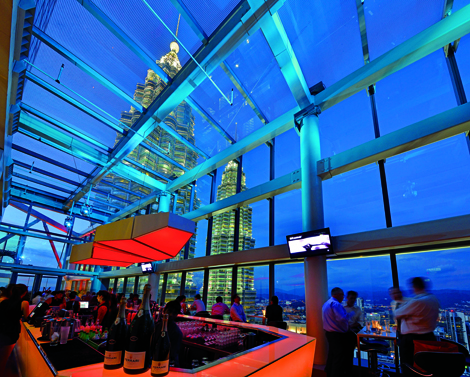
It is this unity that Malaysia is championing as it seeks to attract more international meetings, incentives and events to destinations ranging from the “urban jungle” of the capital Kuala Lumpur, the natural jungles of Sarawak and Sabah, to the heritage charm of Georgetown on the northerly island of Penang.
“When it comes to Malaysia, it is very interesting to see how open the cultures are and how they welcome incentive and meeting groups,” says Catherine Chong, Pacific World’s country manager for Malaysia.
“While facilities, transportation and hotels are getting better all the time, Malaysia still cherishes its people’s traditions so that these are becoming cultural assets, which can be combined with the new,” Chong says.
Heritage has become fashionable in Kuala Lumpur, with young designers and entrepreneurs opening stores and restaurants. Temples and other landmarks in Chinatown have served as a backdrop for “treasure-hunt” teambuilding activities.
Chong says conference goers in Kuala Lumpur are impressed at how the twin Petronas Towers form a stunning backdrop to their “KL experience” with venues such as Marini’s On 57 giving splendid views of the structure.
Even more enjoyable is discovering the charm of the capital’s heritage quarters. Now Malaysia’s “secondary” destinations are increasingly capturing the attention of planners. MyCEB’s promotional offers to planners not only highlight these destinations as a post-tour itinerary stop from KL, but as primary event choices too.
Penang
The island off the northwest coast of Malaysia combines tropical beaches with modern developments and the old colonial charm and heritage of Georgetown. A convention centre
is due to open in late 2015 and discussions are underway to establish a convention bureau for Penang.
An upgraded facility – the Subterranean Penang International Convention & Exhibition Centre (sPICE) – is taking shape around the area’s sports arena.
While work on the modernistic face of Penang continues, the heritage of Georgetown is being hailed for its character. Yeng Keng, a former bordello now turned into a boutique hotel, is one of the historic marvels catching the eye of planners. Another Unesco heritage building finding new life as a boutique hotel is the Blue Mansion.
 Penang is also able to use its natural assets to vie with other destinations, as international hoteliers such as Adrian Stoppe, General Manager of Four Points by Sheraton Penang, appreciates. “As an island, Penang is blessed with golden beaches and tranquil seas that are great attractions for participants of conferences. This allows them a chance to relax their minds and take in the natural beauty that Penang has to offer after a hard day at work,” says Stoppe.
Penang is also able to use its natural assets to vie with other destinations, as international hoteliers such as Adrian Stoppe, General Manager of Four Points by Sheraton Penang, appreciates. “As an island, Penang is blessed with golden beaches and tranquil seas that are great attractions for participants of conferences. This allows them a chance to relax their minds and take in the natural beauty that Penang has to offer after a hard day at work,” says Stoppe.
“With its diversity in both culture and character, Penang fits the criteria of a perfect venue for an incentive trip. It has something for everyone, from historical buffs and nature park enthusiasts to those just looking to relax on a sun-drenched beach.”
Stoppe says Penang’s heritage and cultures will inspire incentive travel planners, with the opportunity for bonding activities ranging from batik painting to trishaw rides and heritage walks in the city.
“Hotels are also offering popular theme-dinner events that include Pirates, Chinatown, Jungle, Beach Party and even Street Hawkers for a real feel of Penang,” he adds. “Planners can definitely expect an eventful incentive trip here.”
Destination Asia is one of the planners at the forefront of capitalising on Penang’s heritage by using the area’s unique venues and activities. One of those locations is Khoo Kongsi, a Chinese clan house resembling a temple and built by immigrant Chinese craftsmen in the 1800s. Intricate carvings on the pillars and roof have led to it being regarded as
a “Heritage Jewel of Penang”.
“The team can organise a pair of lion dances
and war drummers to welcome guests at the entrance, followed with drinks served by staff in traditional mandarin costumes,” says Destination Asia’s David Andrews.
Delegates can be entertained during pre-dinner cocktails by fortune-tellers, dough figurine making, calligraphy, clog making and other traditional Malaysian crafts. Dinner is presented in a courtyard that leads to the Dragon Mountain Hall where “hawker-style” favourites are served from stalls with traditional music and dance adding to the atmosphere.
Malaysian Borneo
Kuching, the state capital of Sarawak, may well shed its “secondary” tag as a conference destination once it hosts ICCA 2016, the gathering of International Congress and Congress Association organisers. Kuching’s bid triumphed over that of Czech Republic’s capital of Prague for the event, which will see about 1,000 delegates descending on Borneo Convention Centre next year.
Pacific World’s Catherine Chong says Kuching is likely to build on its standing as a gateway to Sarawak and Borneo. Sarawak Convention Bureau already has a growing reputation among the more adventurous corporate retreat planners.
“The jungles of Borneo seem like another world, but they are so close to peninsula Malaysia, with delegates able to experience the rainforest, stay in longhouses and enjoy getting to understand the culture of the Borneo tribes,” says Chong.
One of the latest ideas, which is considered an ideal way of letting off steam among younger delegates, is the Sarawak “silent disco”. Guests are given wireless headphones and dance to the tunes played by a DJ whose amplifier is likewise silenced, so the natural noise-makers of the rainforest are not disturbed.
Northern Borneo -– or Sabah state – is famed for Mount Kinabalu, orangutan reserves, wildlife, and indigenous villages among other eco-attractions. One of the highlights for groups is a helicopter ride to the high plateaus of Mt Kinabalu, where it usually takes two or three days to trek.
“Sabah and Sarawak are positioned for adventure at whatever the level the organiser wishes to take the group,” says Ping Ho, General Manager for Business Events, at MyCEB. “Activities range from glamping on the mountain ranges of Kinabalu to learning the hunting methods and culture of the tribes.”
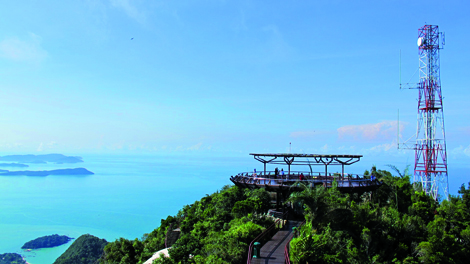
Langkawi working hard to incentivise corporates
Post-meeting itineraries laced with rainforest adventure are not the only corporate meeting activity Langkawi can boast. Langkawi Convention Centre opened just in time to welcome delegates to one of the events of the Asean summit before the main event in Kuala Lumpur at the end of April.
The centre is connected to a Westin property and managed by the hotel. Nearby, St Regis Langkawi is due to open in November 2015 and Ritz-Carlton is set to join the island’s luxury fold in 2016.
Langkawi is tagged as a destination for a “work hard, party later” corporate gathering with hotels and rainforest venues offering meeting facilities built around adventurous teambuilding and leisure.
Destination Asia found that the island was the ideal location after it had to switch a 90-strong group from a leading telecom from Chiang Mai, in northern Thailand. The event took nine months of meticulous planning, but had to be shifted to Langkawi within
three days.
“We were assisted by the willingness and collaboration of the Four Seasons Resort which agreed to transfer without a single penalty to the Four Seasons resort in Langkawi,” says Destination Asia’s David Andrews.
“The Destination Asia Malaysia meetings and events team created a programme in Langkawi and made all associated arrangements, including touring activities, coach journeys, venue booking, menus, themed dinner, entertainment and organisation of the production team. Twenty-four hours later the group started to arrive in Langkawi with the event coming together for six successful days.”
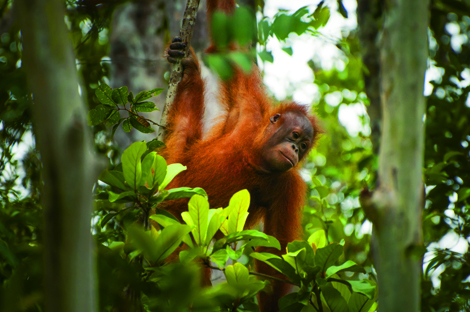
Borneo itinerary tip
A unique experience is a ride upon the North Borneo Steam Train, which is available for private charter. “Reminiscent of the 1900s, the train chugs along the tracks from Tanjung Aru through Kinarut before arriving in Papar,” says Destination Asia’s David Andrews. “The train features five fully refurbished colonial-style passenger train carriages that can accommodate a total of 180 passengers. In keeping with service from when the railway was originally built, delegates are treated to a tiffin-style breakfast and lunch during the journey.
